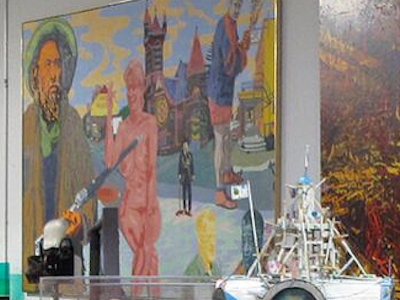The arts in Canada can console or confront, inspire or incense — or can face social justice issues or go with the flow
Recent initiatives in Canada indicate that organizations and artists recognize the capacity of the arts to face social, political, ecological or moral needs of the day — and give voice to otherwise marginalized peoples. PANL Perspectives presents a series of articles (below) from organizations that have been tackling social issues.
Photo of detail from sculpture by Manolo Valdes is courtesy of Creative Commons.







